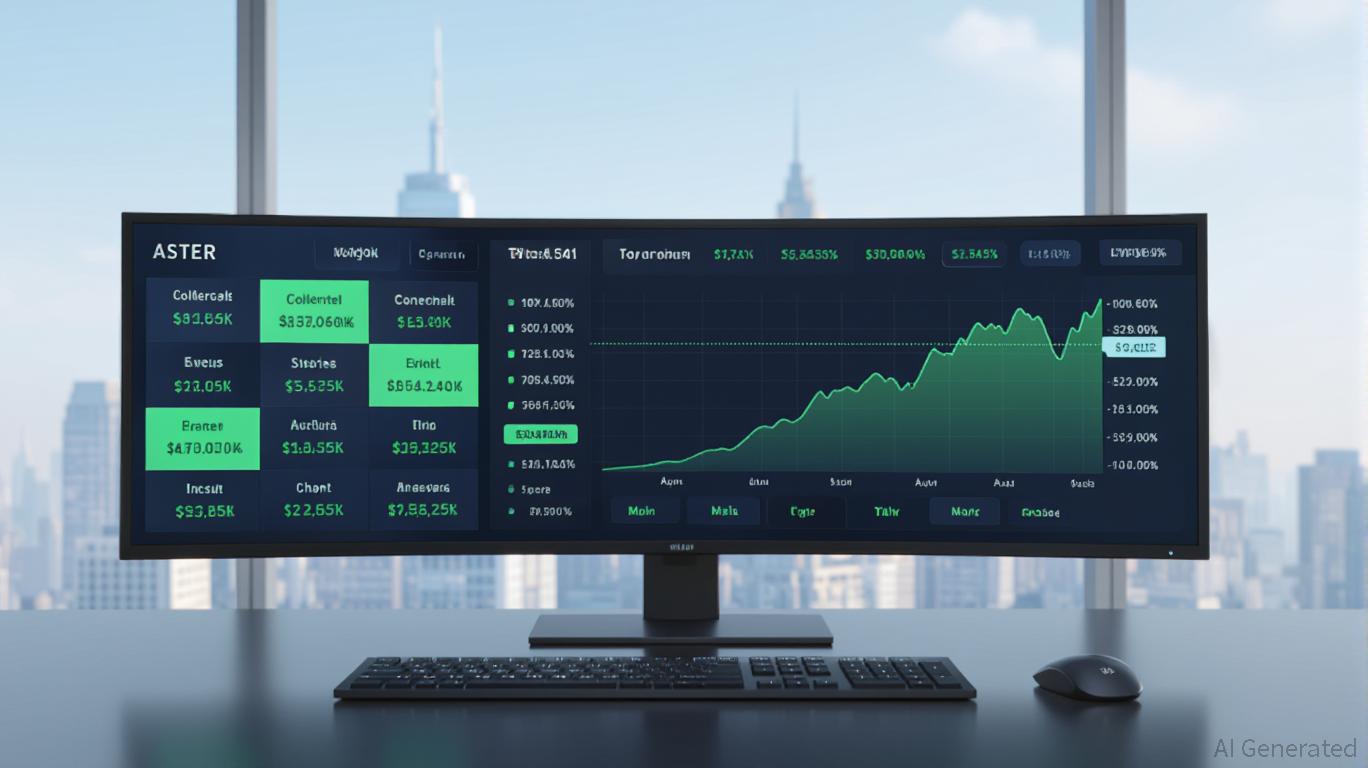Blockchain’s Next Big Wave: Lightning Huang Reveals the Core Driving Future Growth
A new article shared by 吴说区块链 (@wublockchain12) breaks down the future potential of blockchain in depth. Authored by Lightning Huang Shiliang (streak lightning yellow world bright) the piece “How Much Room Does Blockchain Have to Grow?” A Fundamental Needs Analysis” looks at the driving force behind every major industry – its “kernel.
Huang said this kernel is not a product or a technology. It is the most genuine demand for explosive growth of an industry. In blockchain’s first few years, that demand was focused on circumventing traditional financial systems.
Financial Rebellion to Real Life Integration
During the first 10 years of blockchain (2009 to 2019), its main driving force was the wish to challenge traditional finance. Cryptocurrencies such as Bitcoin and Ethereum became a tool of freedom and decentralization. But the landscape has changed. After the speculative bubble burst the market began to look for real, lasting value. Huang says today’s “kernel” is combining the efficiency benefits of blockchain – instant transactions, global reach and low cost – with the stability of the real world.
Huang calls attention to how blockchain can change industries and make systems faster, cheaper and more transparent. Supply chains management and trade financing, sustainable energy systems – this is just the beginning of applications. Experts also point out that the potential of blockchain to ensure trust without intermediaries has potential to redefine banking, payments and even governance. In 2025, the emphasis is on integration of decentralized efficiency and regulatory trust – a balance needed for mainstream adoption.
Industry Ready for Expansion
The article, with the help of Wu Blockchain’s huge Chinese audience, marks a maturing stage in the evolution of blockchain. No longer concerned with speculative trading, the technology is entering an era of utility driven growth. By connecting digital innovation with physical stability, blockchain has the potential to open up new markets and build a sustainable global infrastructure. As Huang concludes, the future is for those who understand the “inner kernel” of blockchain – the fundamental human need for trust, efficiency and transparency.
Disclaimer: The content of this article solely reflects the author's opinion and does not represent the platform in any capacity. This article is not intended to serve as a reference for making investment decisions.
You may also like
Trust Wallet Token (TWT) Price Forecast: Will the Latest Strategic Alliance Ignite a Bullish Turnaround?
- Trust Wallet's Onramper partnership expands fiat-to-crypto access via 130+ local payment methods in 190+ countries, aligning with post-DeFi utility-driven adoption. - The collaboration boosts TWT demand through 210M+ users funding wallets via UPI/VietQR/M-Pesa, enhancing token utility for governance and fee discounts. - Elliptic's $100M institutional backing highlights growing blockchain data infrastructure importance, indirectly validating Trust Wallet's compliance-focused onboarding strategy. - TWT's v

TWT Introduces a Revamped Tokenomics Framework: Transforming DeFi Rewards and Influencing User Actions
- Trust Wallet's TWT tokenomics shift to utility-driven incentives via Trust Premium, replacing speculative governance with tiered rewards for user engagement. - FlexGas and RWA partnerships expand TWT's utility as a fee currency and bridge between DeFi and traditional finance, enhancing demand and scarcity. - Tiered rewards and token locking create flywheel effects, stabilizing supply while incentivizing long-term participation over short-term liquidity. - Challenges include Binance's collateral ratio cut

Astar 2.0: Redefining Web3 Infrastructure for the Next Generation
- Institutional investors are increasingly allocating to digital assets, with Astar 2.0 emerging as a key platform due to its scalability and interoperability. - Astar 2.0’s hybrid architecture and partnerships with global enterprises like Casio and Sony enhance its institutional appeal through real-world applications. - The platform’s on-chain governance and enterprise-grade security align with institutional priorities, despite challenges in transparent communication and competition.

Aster DEX's Latest Strategic Move and Its Influence on DeFi Liquidity
- Aster DEX's 2025 governance changes redefined ASTER as a functional trading collateral and fee discount asset, boosting liquidity provider (LP) engagement. - The 80% margin ratio and 5% fee discount incentivized LPs to reallocate capital, adjust staking behaviors, and adopt novel yield strategies like "Trade & Earn." - ASTER's price surged 860% post-TGE, TVL grew from $172M to $2.18B, and Coinbase's roadmap inclusion signaled institutional validation of the platform's privacy-focused DeFi model. - Upcomi

